What Does a “Weight Restricted” Flight Actually Mean?
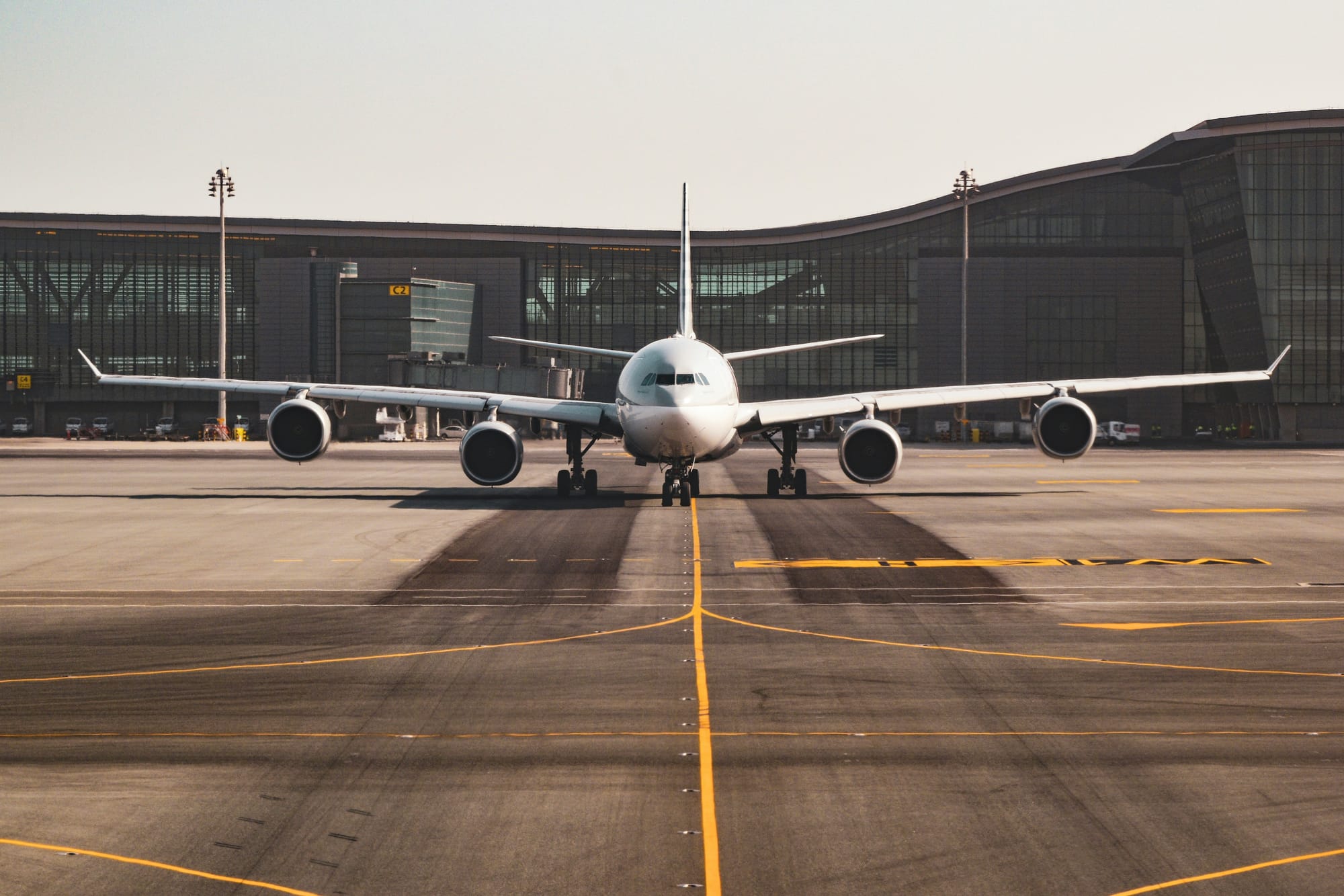
Have you ever heard the gate agent come over the loudspeaker and say the flight is payload or weight restricted? What does that actually mean? While there are a variety of factors that go into planning a flight, and it's impossible to know exactly why a flight is weight restricted, let's explore some common ones.
Just because an aircraft has a certain number of seats onboard, doesn't mean that it can actually hold every passenger. Depending on bag and cargo weights, it can influence how much payload the aircraft can carry. Airlines may use different terminology or creative words to describe payload restricted flights, but the core concepts are the same.
Maximum Structural Takeoff/Landing Weight
This is a limit of the aircraft itself. It is the maximum weight that an aircraft can lift and/or land without breaking the landing gear. This is the total weight of the aircraft including fuel, passengers, bags, and cargo. There is no relief or exceptions for going above and beyond this weight. Any weights beyond the structural limit can either prevent the flight from lifting off the ground or break the landing gear if they land too hard.
Runway Allowable Takeoff/Landing Weight
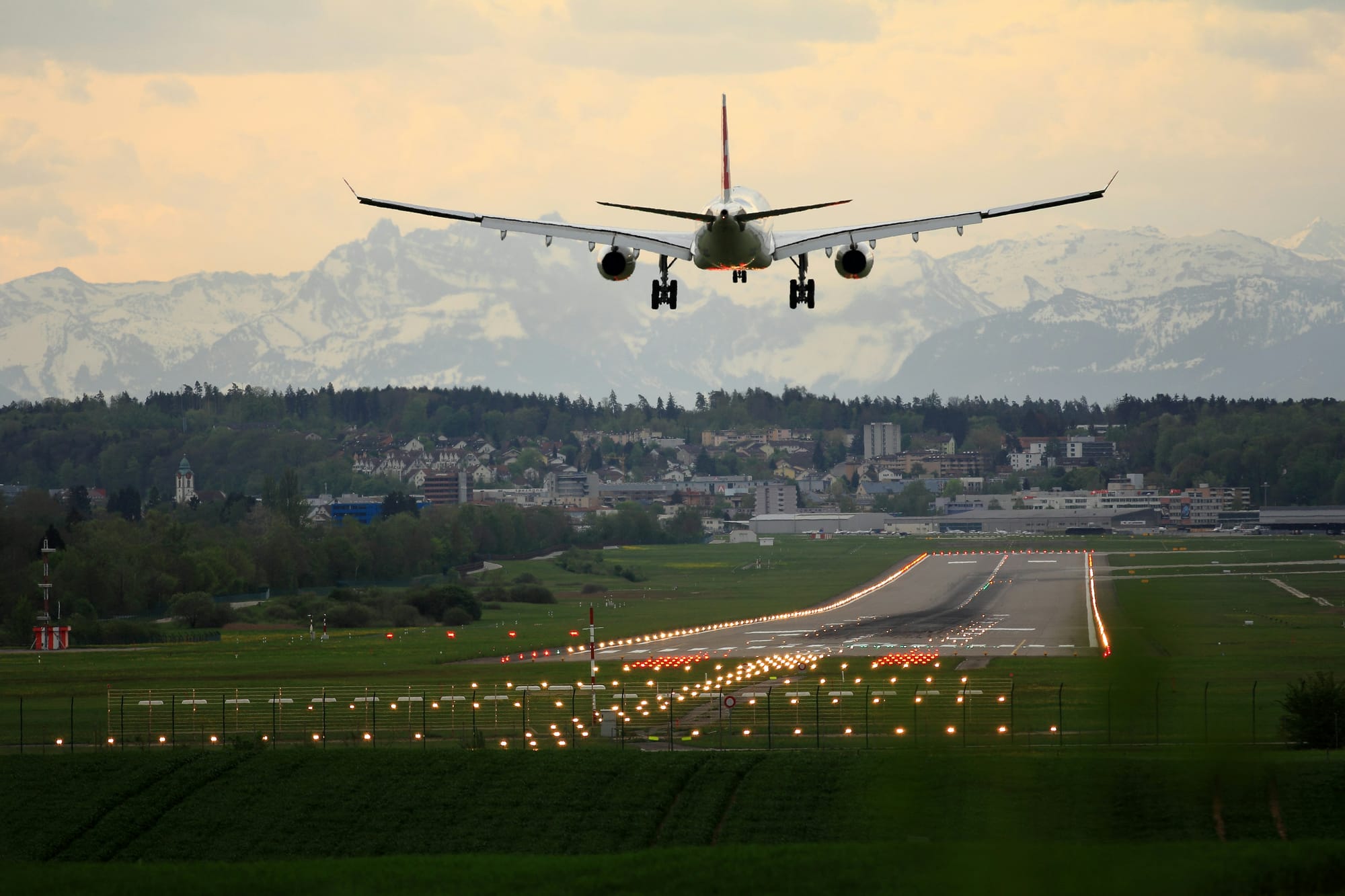
This is common at airports with shorter runways. To remain safe, a flight must be able to reach V1 (decision) speed and then preform a rejected takeoff without overrunning the runway. Likewise, for landing, a weight is determined that allows the aircraft to come to a stop on the runway with an additional safety margin built in. These numbers can change minute by minute depending on the wind, temperature, and even if the runway is wet.
Maximum Ramp/Taxi Weight
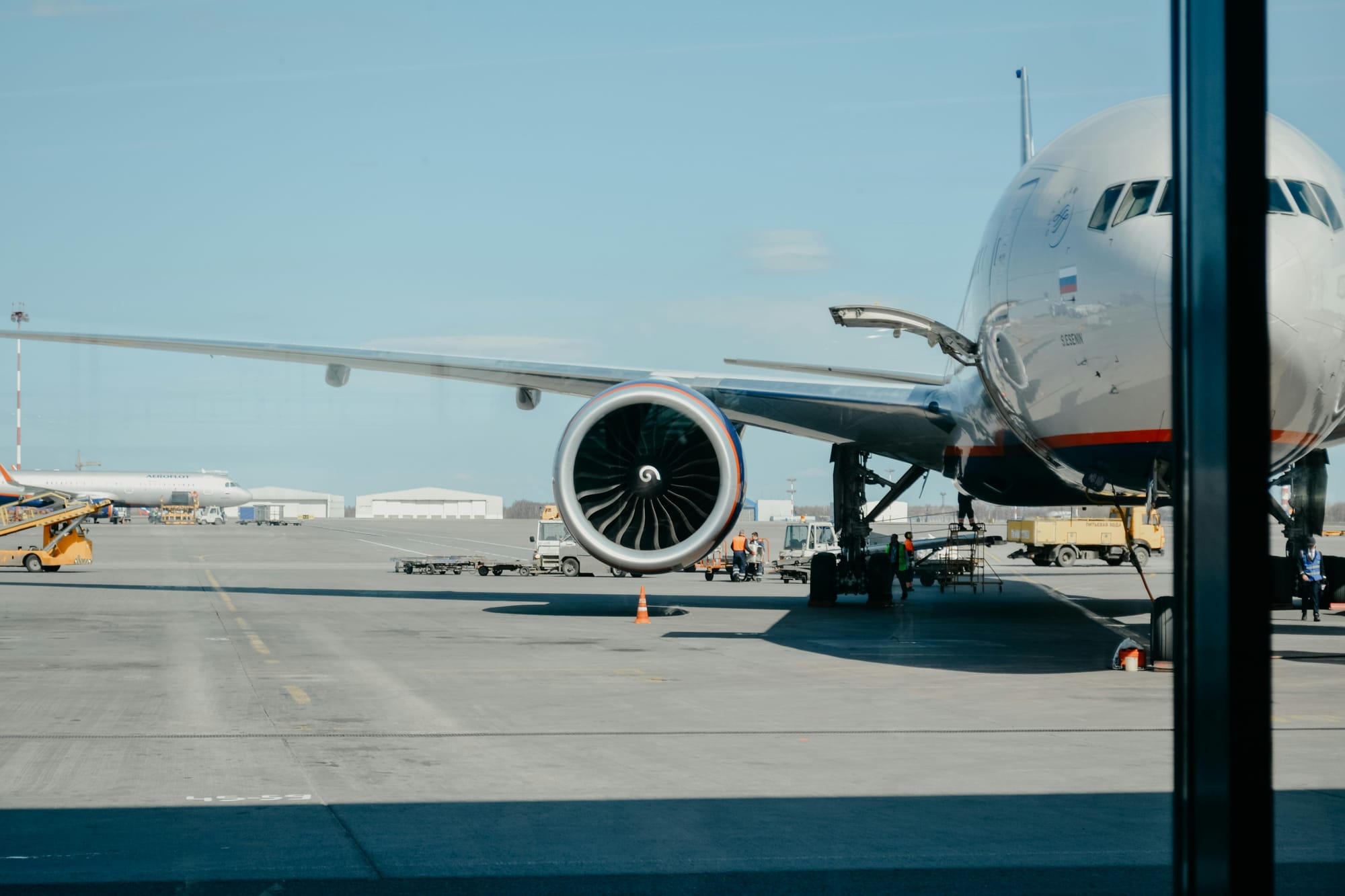
The fuel that an aircraft needs to takeoff with has a few contributing factors, but the amount of fuel burn it takes to taxi out to the runway is not one of them. It's possible for an aircraft to be overweight for takeoff, but the calculated taxi burn puts them just under their next takeoff weight. This could cause a problem if too much taxi fuel is planned, then the flight has to burn it off before departure. This weight is rare but can happen under the right aircraft and restrictions.
Landing Climb Limit Weight
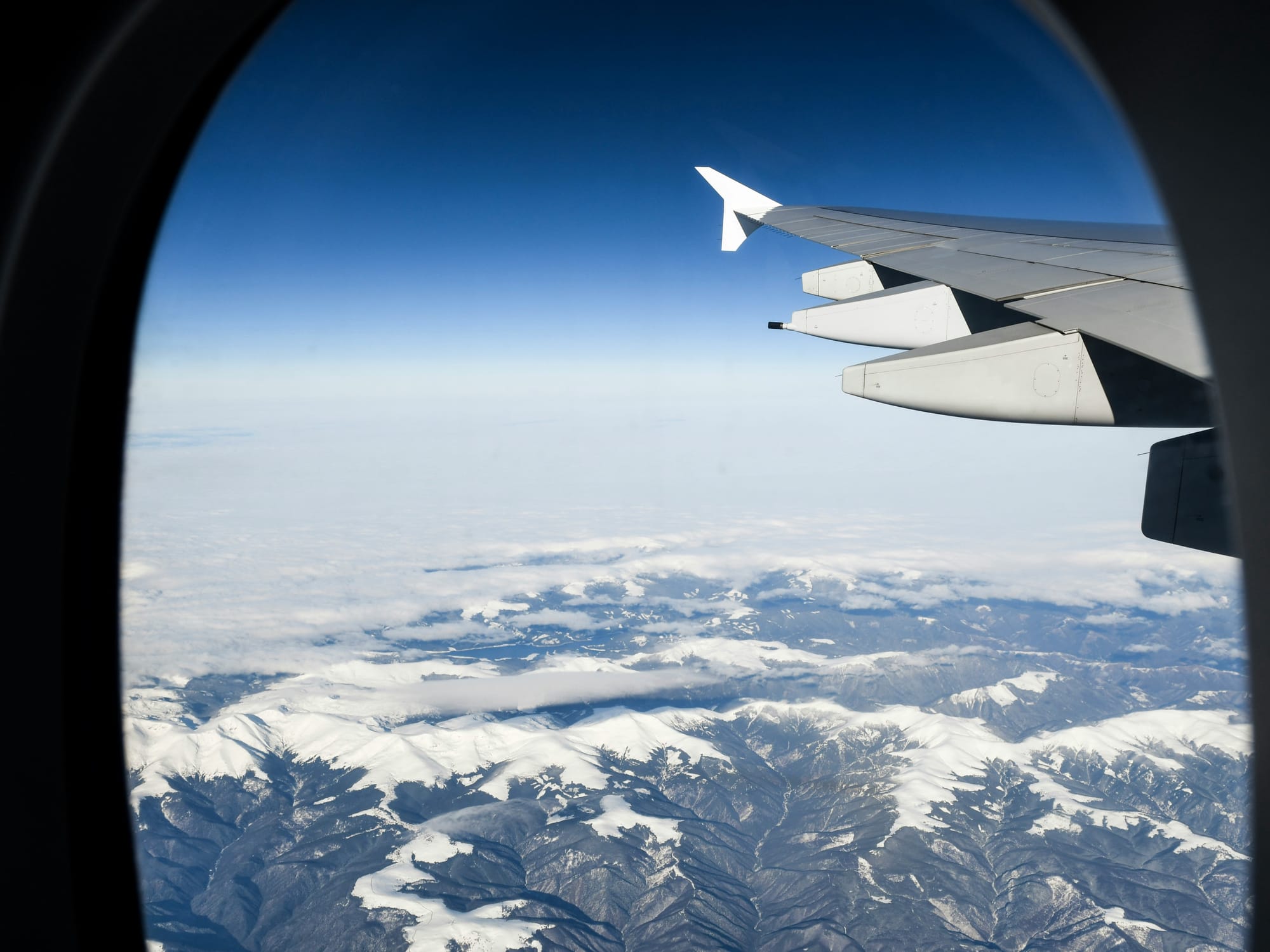
Another very situational limit is with the landing climb limit, aircraft need to be able to clear obstacles not just on takeoff and enroute but on landing and in the event of a go around. This one is normally seen in mountainous terrain or with large obstructions at the end of the runway. I've seen this a handful of times at Phoenix when landing west. Phoenix has the main city just a couple miles west of the airport, when it's extremely hot outside the ability to climb the aircraft becomes severely limited. Basic physics says that hot air is less dense and the ability to generate lift is reduced, so if an airplane needs to preform a go around, they have to ensure separation from the tall buildings in the city.
Maximum Zero Fuel Weight
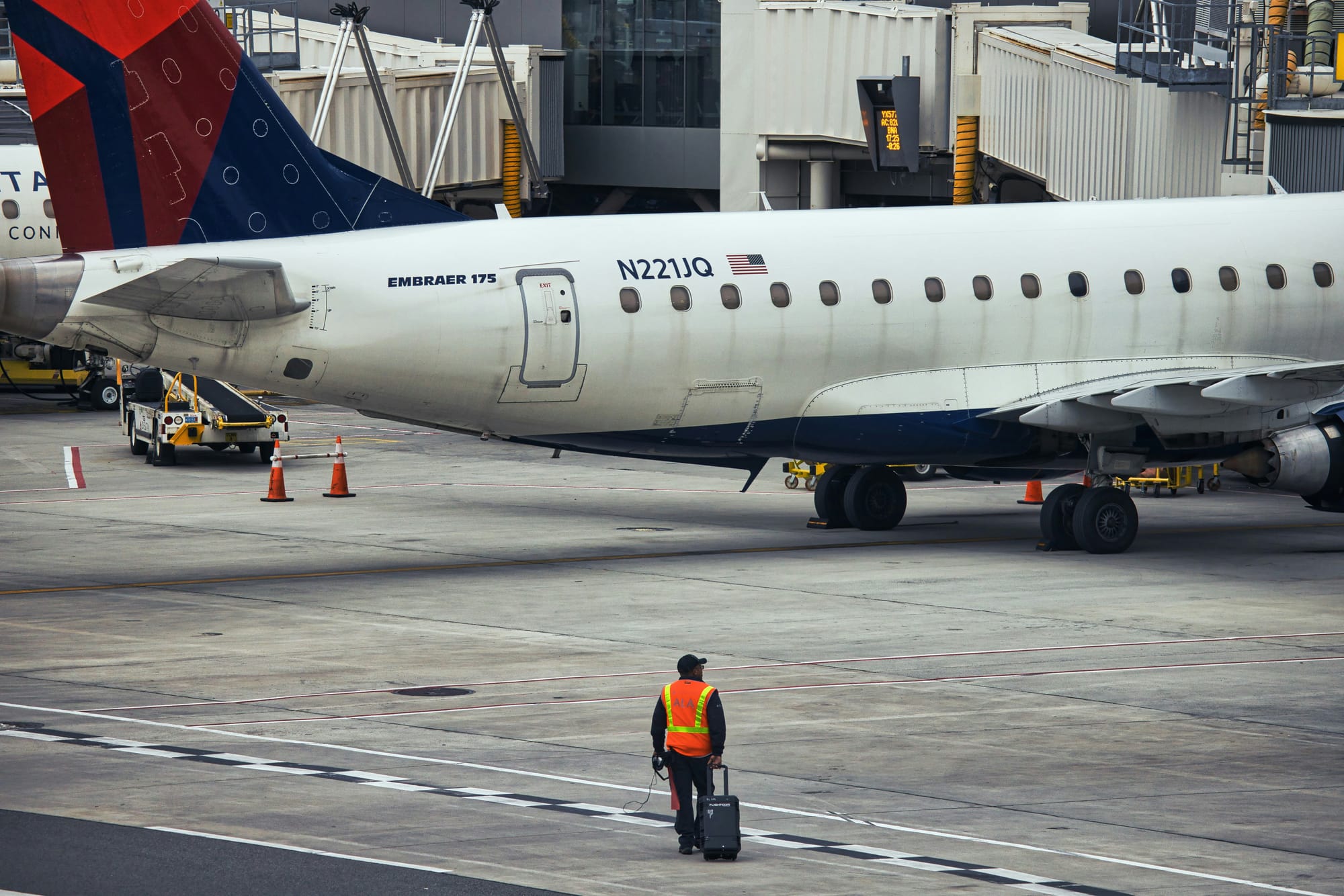
Much like the takeoff and landing structural weights, maximum zero fuel weight is just that. It's the maximum weight that an aircraft can be, minus the fuel. This is a rating that is certified with the aircraft and demonstrates how much payload the aircraft can safely lift without any fuel onboard. Generally this limit is found on shorter flights where the maximum fuel load that the aircraft can carry far outweighs the fuel required to fly the flight.
Max Fuel Tank
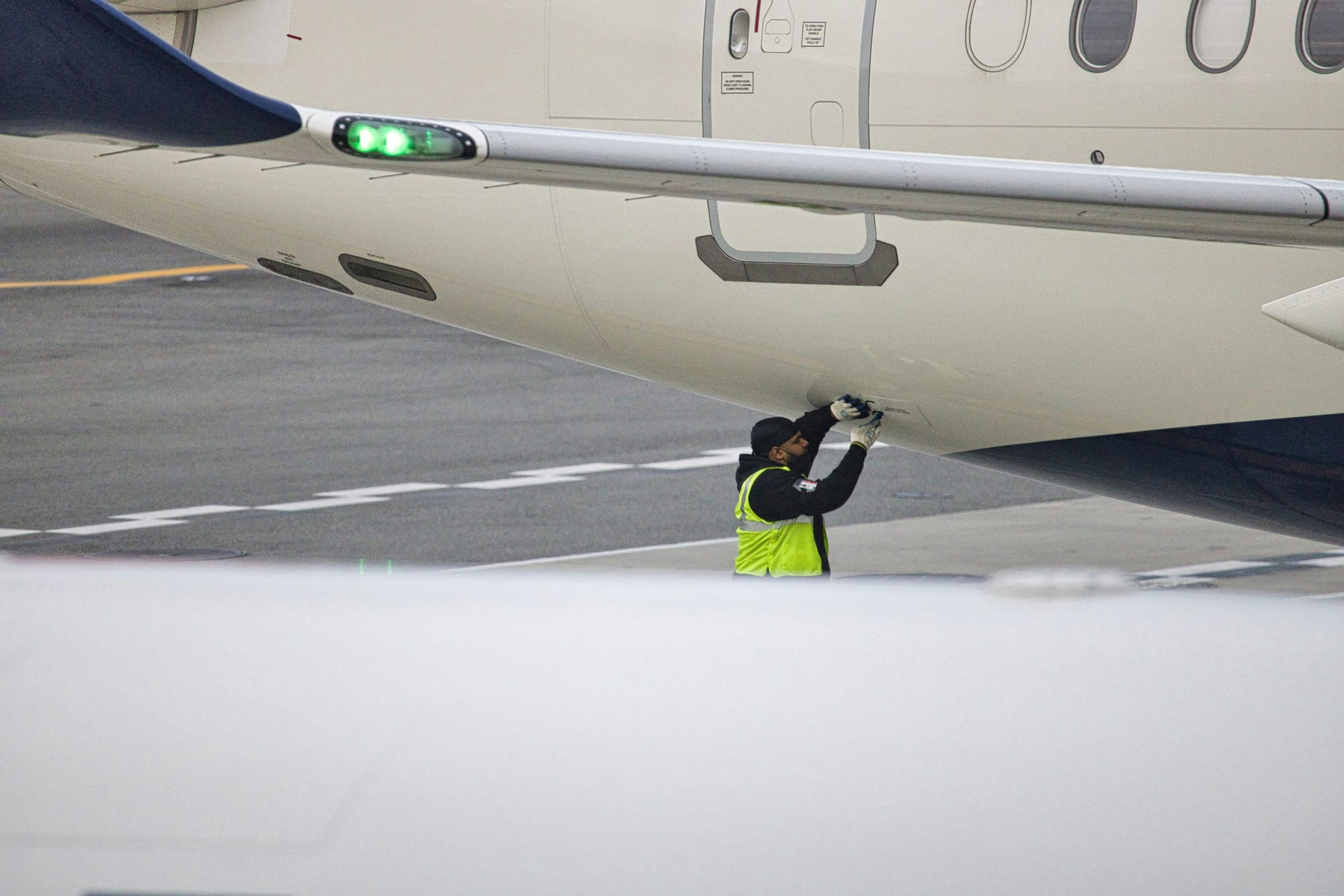
This is another rare limit to reach. This limit is reached when the fuel required to complete the mission is more than the aircraft can carry. Depending on the length of flight and payload trying to be carried, the required fuel burn would exhaust the tanks. I've seen this often when we have a strong easterly jet stream across the United States of more than 100 knot. When trying to fly into a 100 knot or greater headwind, with narrow body aircraft, the extra burn it would take to compensate for the massive headwind is more than the aircraft can hold. The way to solve this is usually to tech stop at a point along the route or limit the payload to a weight that can be carried within the fuel load.
Some Parting Information
As you can see, weight restricted flights can mean a lot of different things. And just because a flight may depart with open seats doesn't mean that they all could have been filled. This is why airlines spend so much to buy you off of flights, they're hoping that you take the compensation because they can't carry everyone. The next time you hear of a payload restricted flight, changes are one of these reasons is why they can't carry everyone or everything.





